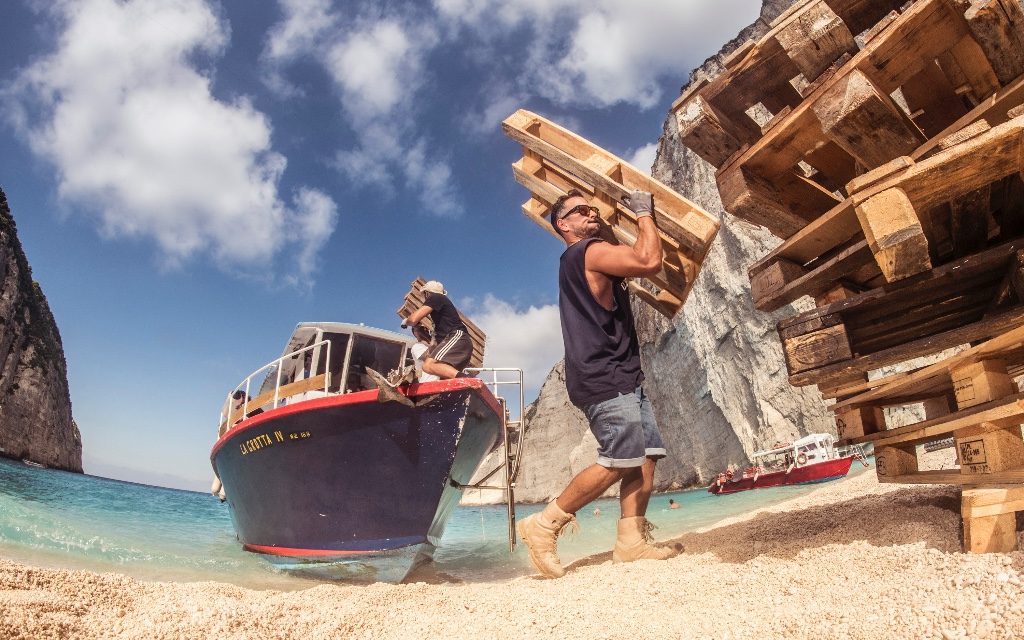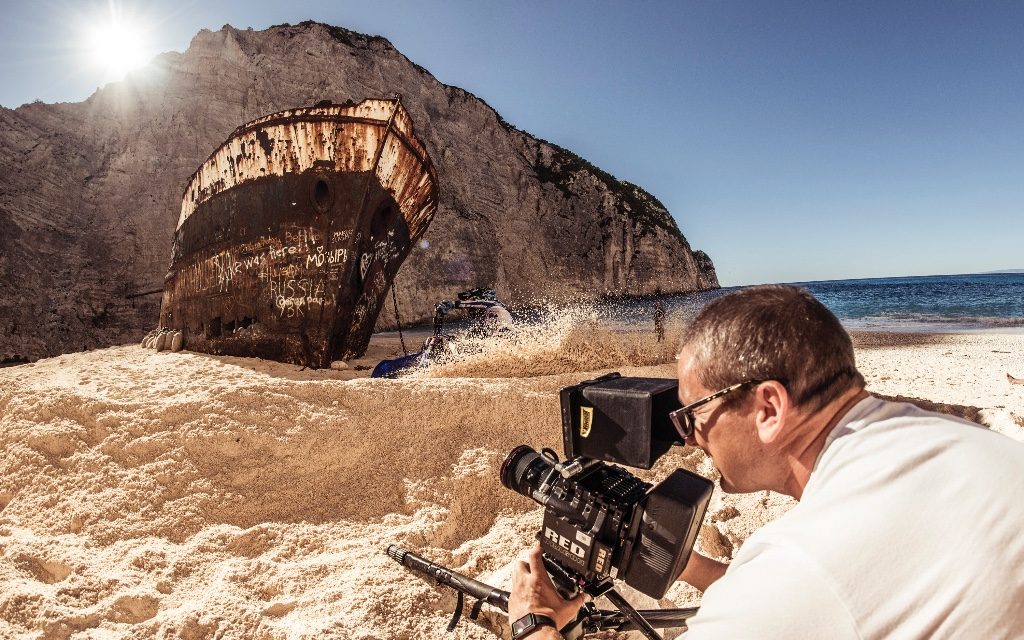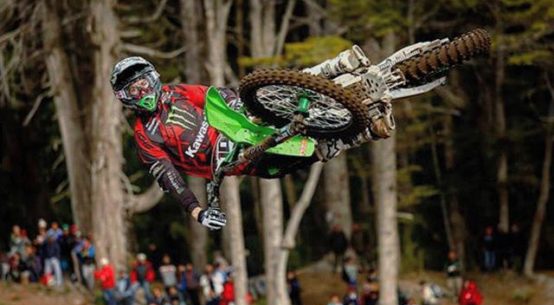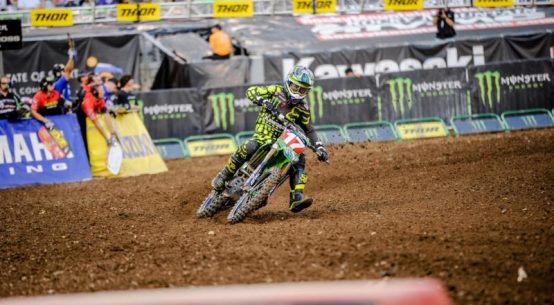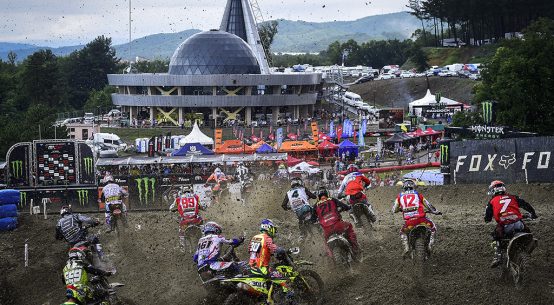The small beach and looming white cliff faces drew closer, much faster than Captain Charalambos Kompothekras-Kotsoris would have liked. His freightliner, the MV Panagiotis, was toiling and yawing: sandwiched between waves that swirled up and clapped each side of the ship. The 50m vessel was a mere toy in the thrall of a restless Ionian Sea on a bleak evening in October 1980.
Kompothekras-Kotsoris braced himself. The old girl was some 45 years old and her motor ailed in the conditions. His crew had battened every hatch but they were on a journey in which they had no control. They drifted, and then the hull suddenly gripped with a jarring finality. The water bumped and lapped the now stationary and trapped metal carcass.
Thirty-seven years ago the last voyage of the MV Panagiotis – a boat shrouded in tales and legend of smuggling deeds and defiance – would end up creating one of the world’s most picturesque ‘wrecks’. When Kompothekras-Kotsoris and his roster abandoned the British-built transport in a perfectly enclosed cove east of the Zakynthos Island in Greece they would create ‘Navagio’ [Shipwreck] beach, and see their liner become a draw for curious tourists: the seas delivering fascinated visitors and sucking them to the sandy shore in the same way the waters once engulfed the resilient ship.
Navagio can only be accessed by across the waves and has carried an aura of mystique for over a quarter of a century. It was the powerful mix of beauty, tranquillity and decay in the shadow of motorised technology that inspired a film and production crew to pursue the location in order to showcase one of the purest motorsport activities between man and machine. The idea was to have 2015 MXGP FIM Motocross World Champion and Monster Energy Yamaha Factory rider Romain Febvre ripping up sand around the Panagiotis. Permission to roll was requested and finally granted by local authorities.
A team of 23 people began to construct a site and a ‘track’ at Navagio by transporting all the equipment necessary from the other side of the island. The build was sizeable and involved shifting twelve tonnes of sand and clocked over a thousand hours of labour.
And then with 25 year old Febvre onboard and the filming date in November pencilled, it was almost as if the energy that snared the Panagiotis reared up to again make its mark.
Less than a week before ‘record’ buttons were to be pushed the weather changed. A storm gathered over Zakynthos and in a single day the Navagio ‘set’ was totalled. A period of rapid and stressful recovery work began: some 60% of what had already been crafted on the beach had to be re-done in one day. The same swells and watery turbulence that ultimately gave Navagio its name returned: as if a visiting sightseer itself. The production team searched for help and found a single boat captain to navigate the stomach-churning landscape in order to reach their location. Dispersing the ton of equipment – including Febvre’s near-priceless racebike – from a weaving ship onto the sand was a mission.
Another hurdle fast presented itself. Direct sunlight on Navagio in November was sparse and the shoot expanded into nocturnal activity in order to augment their material. Hauling the lights, equipment and technical backup was another major ‘ask’.
Co-capturing Febvre’s work with the throttle was director Alexis Lychnaras and award-winning filmmaker Mikey Neale. “It was definitely a unique place for a motocross-based edit, but it had its challenges,” the Welshman says. “The time of year for the production meant around one and a half hours of sunlight on the beach itself so we made the decision to shoot at night. This required generators, an engineer and a whole different approach to the set-up and meant we had to re-light and re-organise each shot.”
“Controlling the light and maximising the shoot is what cinematography is all about.”
“Shipwreck beach is an iconic holiday destination and you can often see it featured in posters and promotions across the world,” said Lychnaras. “This of course made the concept of creating a video project there very appealing but we definitely knew it would not be easy if at all possible. Despite the reality turning out to far more challenging than initially anticipated, the whole team fought hard to overcome all the difficulties.”
At the heart of the project was Febvre, fresh from a nineteen-round Grand Prix season and a milestone third consecutive success at the Motocross of Nations. “It is definitely the strangest place I have ridden,” the talented Frenchman admitted. “We are used to circuits and beautiful locations and in countries like Argentina but this was right on the beach with the sea so close and that ship stuck right there. It was unbelievable to see, and more so to ride because it is a place you cannot reach by walking or car but by wheeling the bike onto a boat and sailing out.”
The adverse circumstances around the shoot meant that Febvre spent as much time with his boots unbuckled as he did with the YZ450FM works motorcycle at play, dashing around the Panagiotis. “We were lucky we had Romain,” admits Neale. “He is the type of guy that will afford you the time you need and it was a bit stop-start for him but he could see what trying to achieve and bought into it. The track wasn’t easy for him because the consistency of the sand meant that the front end would ‘tuck’ in some of the corners and he couldn’t be really aggressive with the bike. He was a typical Pro: very patient, gave 100% and we even challenged him at night by finishing at 10-11 o’clock when it was cold and dark and we were not arriving back to the port until the early hours of the morning.”
“There was not so much riding…but we went with a good plan and idea and it meant waiting to get the layout just right and for the light to be correct,” Febvre says. “It was a 2-3 day job, so not a massive shoot but one that was definitely a bit different.”
The Grand Prix winner has done a number of film and photoshoots in his career but welcomed the chance to put that distinctive blue #461 into a frame that is definitely a ‘first’ for dirt biking. “Being a factory rider is already like a dream for me, so opportunities like this are just a cool part of it,” he says. “Having a sponsor like Monster, who come up with some crazy ideas, is also another nice part…but I like it. I think there are not many people that do stuff like this.”
Most nights Navagio echoes gently to the surf and the occasional metallic ‘moan’ or creak from the Panagiotis. Febvre bounced four-stroke engine howls around the stony walls in a sight unlikely to be seen again. The video and photography effectively chart the experience for a true ‘one-off’. “I’m not sure if you can ever be completely happy with an edit…and there were some elements we overlooked at Navagio such as the track and the riding area but what we achieved there and in circumstances is something to be proud of,” says Neale.
“Looking back at the beach while on the boat after wrapping the shoot, the whole crew started shouting out, celebrating,” Lychnaras recalls. “It was an amazing feeling, as everyone knew we had made a dream come true.”
Shipwreck Beach and the Panagiotis were quickly able to return to the normality of easy sunny days and the audible click of iPhone cameras. As time passes the metal slowly dips into the Greek sand and the Yamaha tyre tracks have been lapped into memory by the water. But it was author Joseph Conrad who wrote that ‘the sea…has been the accomplice of human restlessness’ and Navagio might not completely forget its taste of motocross in a hurry.


